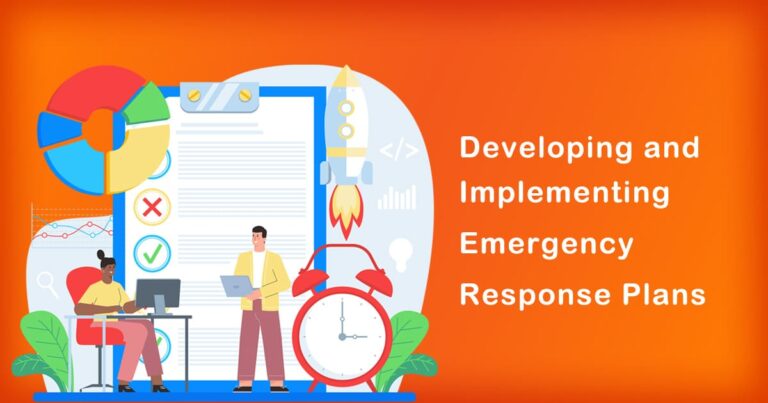Introduction
In the dynamic landscape of business, understanding and optimizing Customer Lifetime Value (CLV) has become a crucial metric for sustainable growth and profitability. This metric not only helps businesses gauge the long-term value of their customer relationships but also guides strategic decisions across marketing, sales, and customer service functions. In the Indian market, where consumer behavior is diverse and rapidly evolving, CLV holds significant implications for businesses aiming to build lasting customer relationships and maximize profitability.
Defining Customer Lifetime Value (CLV)
Customer Lifetime Value (CLV) represents the total revenue a business can reasonably expect from a single customer account over the entire duration of their relationship. It takes into account factors such as average purchase value, purchase frequency, and customer lifespan. Essentially, CLV quantifies the net profit attributed to a customer over their entire engagement with the business.
Importance of Customer Lifetime Value (CLV) in India
India’s burgeoning consumer market presents a unique context for understanding the importance of CLV:
Diverse Consumer Demographics:
With a population exceeding 1.3 billion and varying socioeconomic backgrounds, India offers a rich diversity in consumer behavior. CLV helps businesses segment and target customers effectively based on their value and preferences.
Rising Digital Adoption:
The proliferation of digital platforms and e-commerce has transformed how Indian consumers interact with brands. CLV enables businesses to personalize marketing efforts and enhance customer experiences across digital touchpoints.
Competitive Market Landscape:
In a competitive market environment, retaining customers is often more cost-effective than acquiring new ones. CLV helps businesses prioritize retention strategies and allocate resources efficiently.
Shift towards Subscription Models:
Subscription-based services and recurring revenue models are gaining traction in India. CLV provides insights into subscriber retention and lifetime value, critical for subscription-based businesses.
Calculating Customer Lifetime Value (CLV)
The calculation of CLV typically involves the following components:
- Average Purchase Value: The average amount a customer spends per transaction.
- Purchase Frequency: How often a customer makes a purchase within a specific period.
- Customer Lifespan: The duration of the customer’s relationship with the business.
The formula for CLV can be simplified as:
CLV = (Average Purchase Value × Purchase Frequency) × Customer Lifespan
Strategies to Enhance Customer Lifetime Value (CLV)
To maximize CLV, businesses can implement several strategies tailored to the Indian market:
Enhanced Customer Experience:
Focus on delivering exceptional customer service and personalized experiences to foster loyalty and repeat purchases.
Loyalty Programs:
Implement loyalty rewards and retention programs that incentivize repeat business and increase customer lifetime value.
Data-Driven Marketing:
Utilize data analytics to segment customers, predict purchasing behavior, and customize marketing campaigns that resonate with specific customer segments.
Cross-Selling and Upselling:
Recommend relevant products or services based on customer preferences and purchase history to increase average order value and lifetime spend.
Challenges in Calculating Customer Lifetime Value (CLV) in India
While CLV offers valuable insights, calculating it accurately in the Indian context poses certain challenges:
Data Quality Issues:
Ensuring data accuracy and completeness, especially in diverse consumer segments, can be challenging.
Market Dynamics:
Rapid changes in consumer behavior and market trends require continuous adaptation of CLV models and strategies.
Economic Variances:
Variances in economic conditions and purchasing power across regions in India affect customer spending patterns and CLV calculations.
Future Outlook for Customer Lifetime Value (CLV) in India
Looking ahead, CLV is poised to play a pivotal role in shaping customer-centric strategies and driving sustainable growth in India. As businesses leverage advanced analytics and AI-driven insights, the ability to predict and optimize customer lifetime value will become increasingly sophisticated.
Conclusion
In conclusion, Customer Lifetime Value (CLV) is not just a metric but a strategic imperative for businesses in India seeking to thrive in a competitive marketplace. By understanding and maximizing CLV, businesses can foster long-term customer relationships, enhance profitability, and differentiate themselves through superior customer experiences. By embracing CLV as a guiding principle, Indian businesses can navigate the complexities of consumer dynamics and chart a path towards sustainable growth and market leadership in the digital age.








